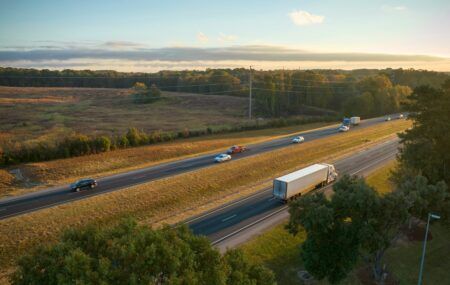The European Transport Safety Council (ETSC) has welcomed new recommendations from the European Commission to local, regional and national authorities to reduce speeds on motorways and in urban areas.
The recommendations are part of a package of energy saving measures outlined in an EU ‘Save Energy’ plan designed to help reduce dependence on Russian oil and gas, and support existing EU policies on climate change.
In April, ETSC, along with other organizations, wrote to the European Commissioners responsible for Climate Action, Energy, Environment and Transport, calling for recommendations on lower speed limits as a way of tackling dependence on Russian oil, as well as emissions and road deaths.
ETSC says lower speeds always reduce the risk of collisions occurring, as well as their severity.
Ellen Townsend, policy director of ETSC says: “Slowing down on our roads will help Europe transition away from Russian oil, save lives and reduce harmful pollution; we warmly welcome these recommendations. But now it’s up to more governments, regions and cities to quickly take action.”
In recent years, EU countries have taken action on reducing speed.
Two years ago, for example, the Netherlands reduced the speed limit on motorways to 100 km/h during the daytime in order to reduce pollutant emissions.
When Sweden reclassified the speed limits on its rural road network to address safety, the environment and other goals, full compliance was estimated by the Swedish Transport Administration to save around 150 lives annually and reduce carbon dioxide emissions by 700,000 tonnes (equivalent to emissions from 240,000 passenger cars).
Brussels and Paris have also recently reduced the urban speed limit to 30 km/h. Analysis by the Brussels region showed toxic emissions, noise and crashes all declined since the lower limit was introduced, and journey times were largely unaffected. Research, carried out in the UK, has shown that these lower speeds flatten out the extra acceleration needed in stop/start driving and can reduce CO2 emissions, and therefore fuel consumption, by 25% on typical cars.
Image: AdobeStock





